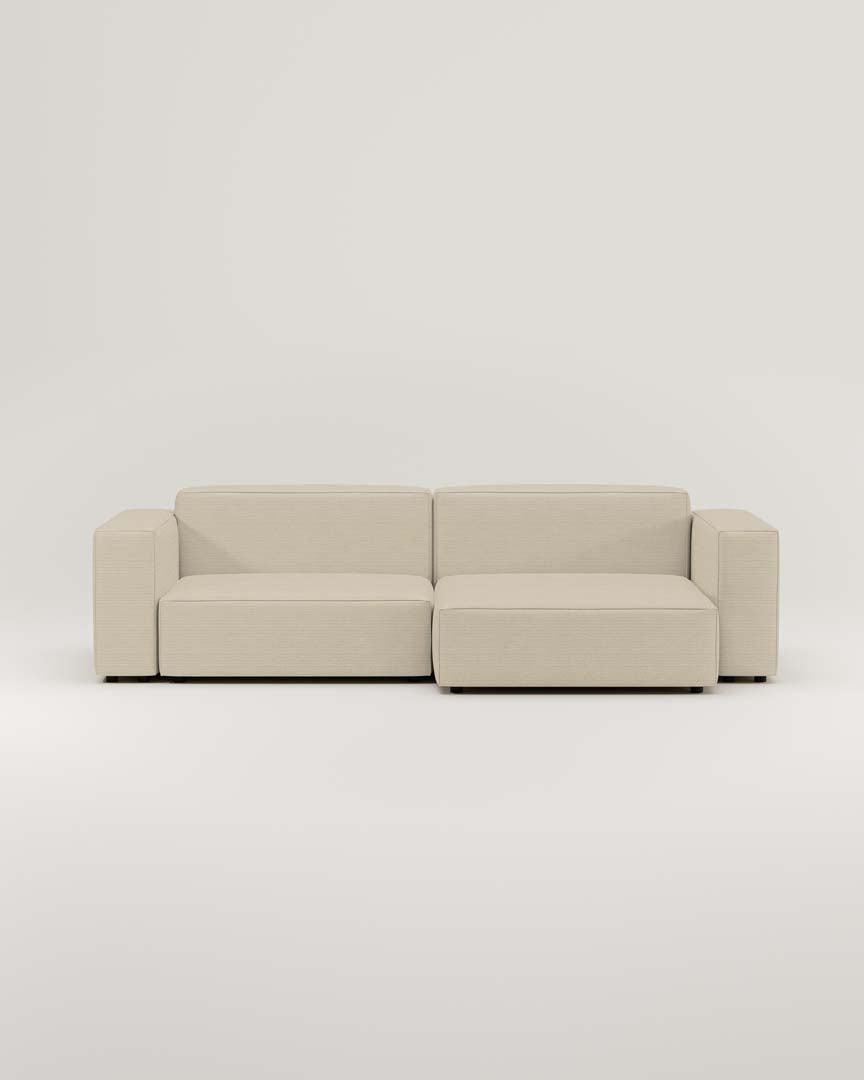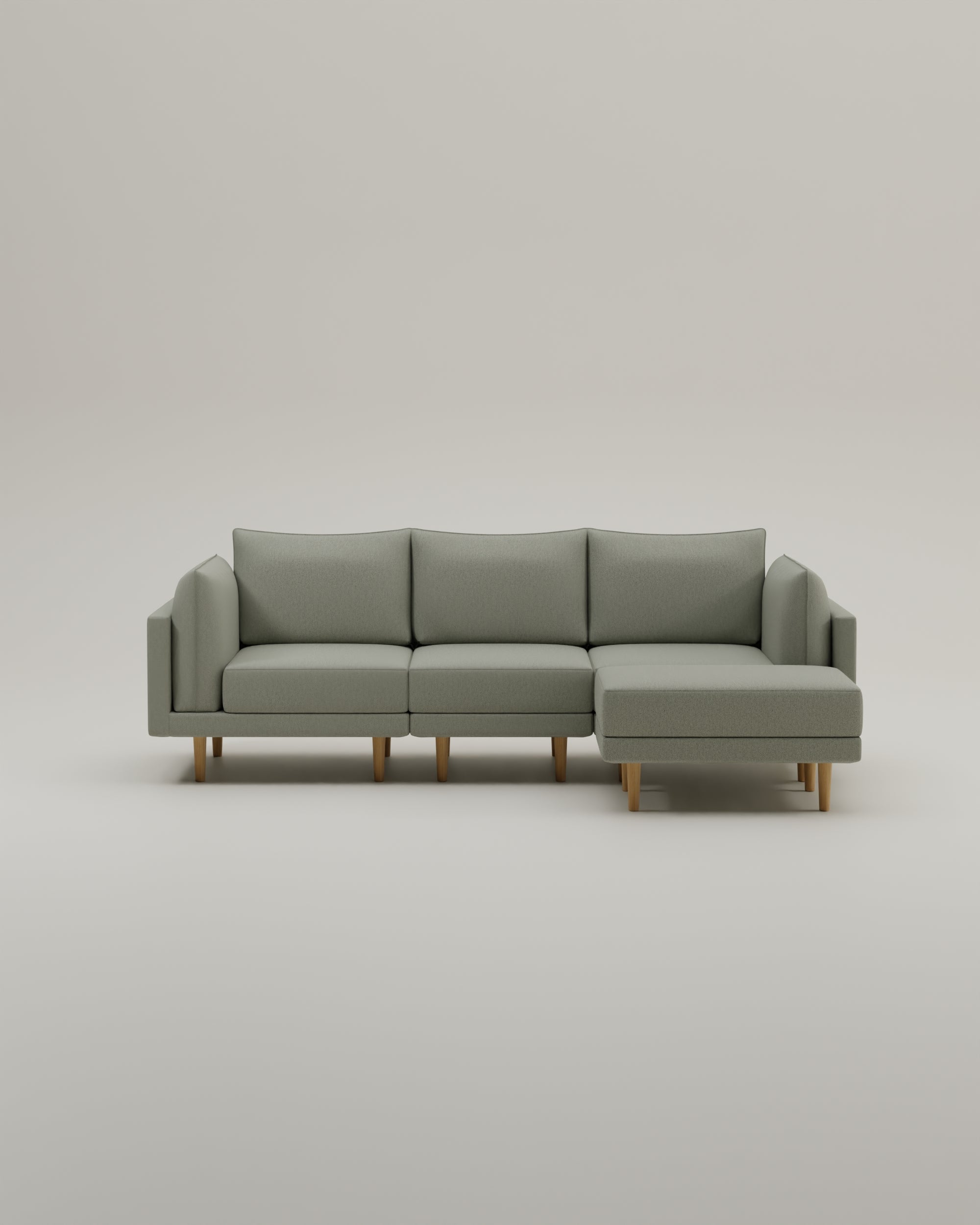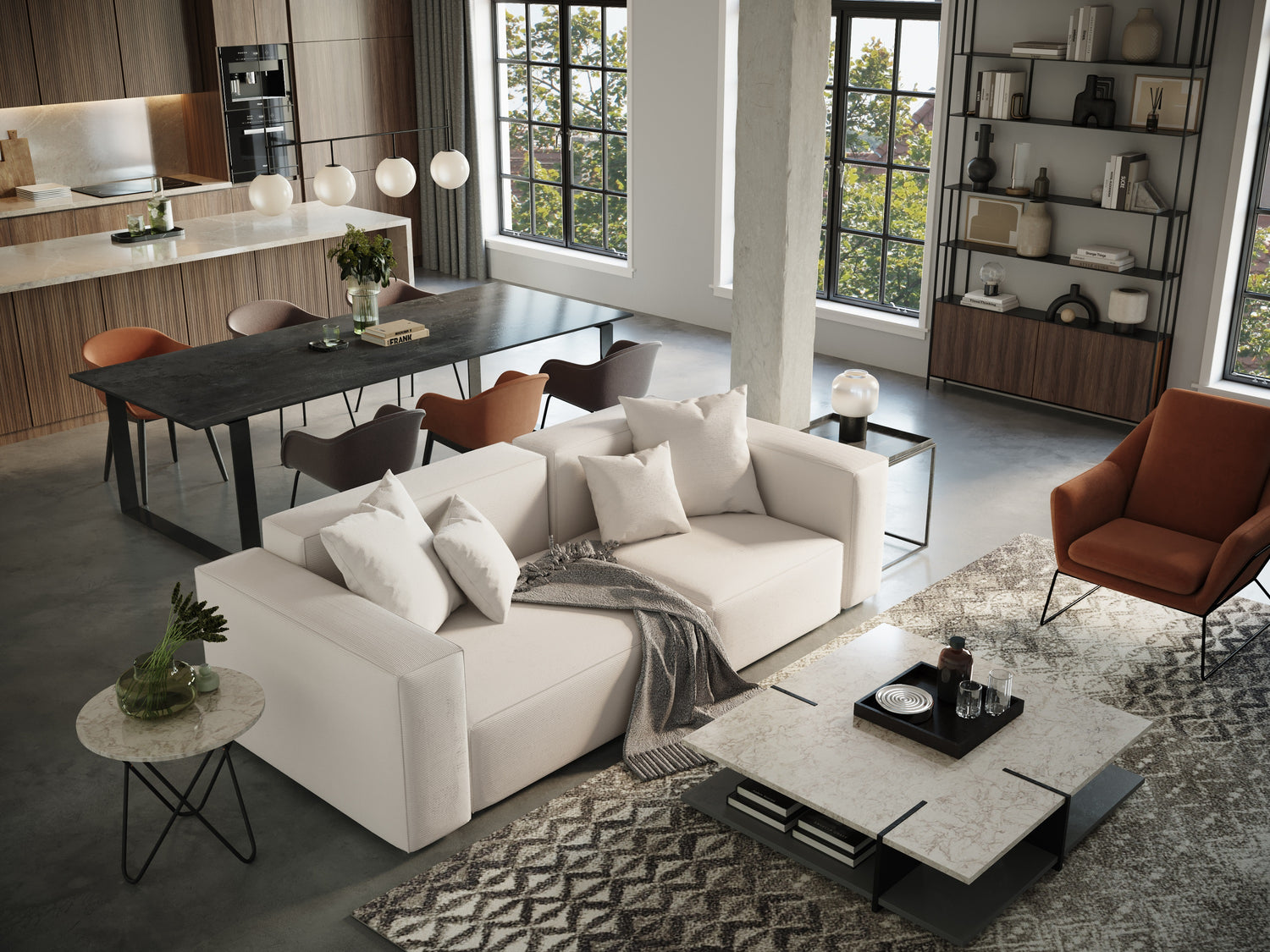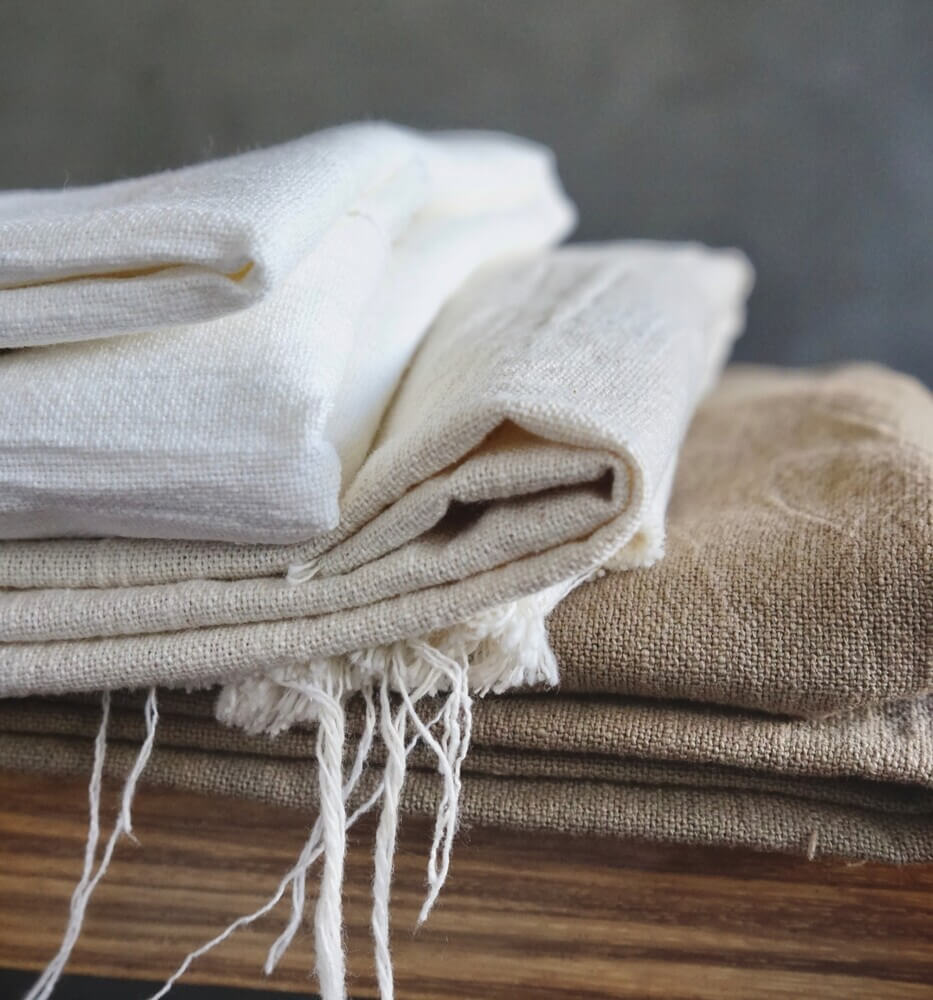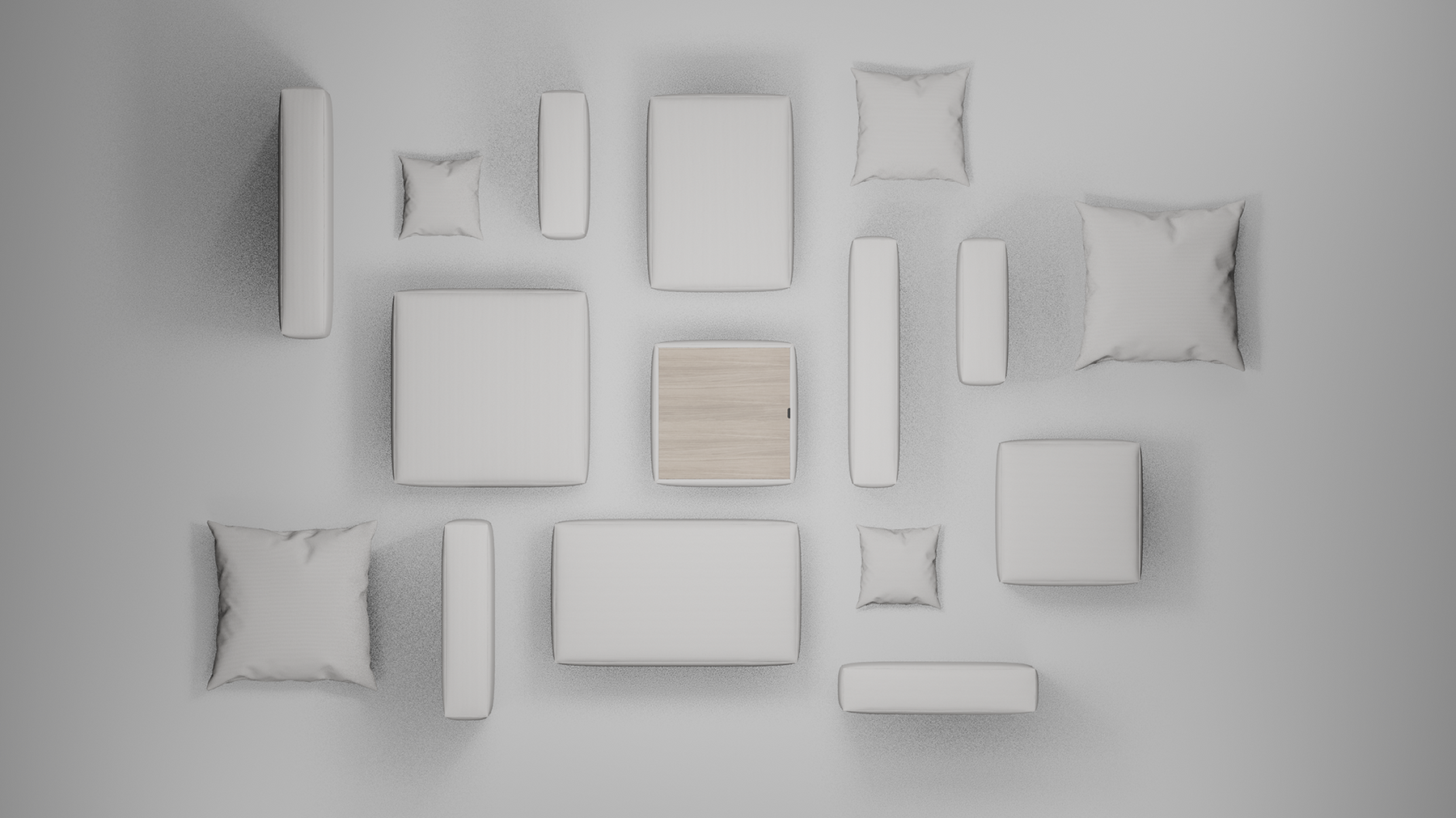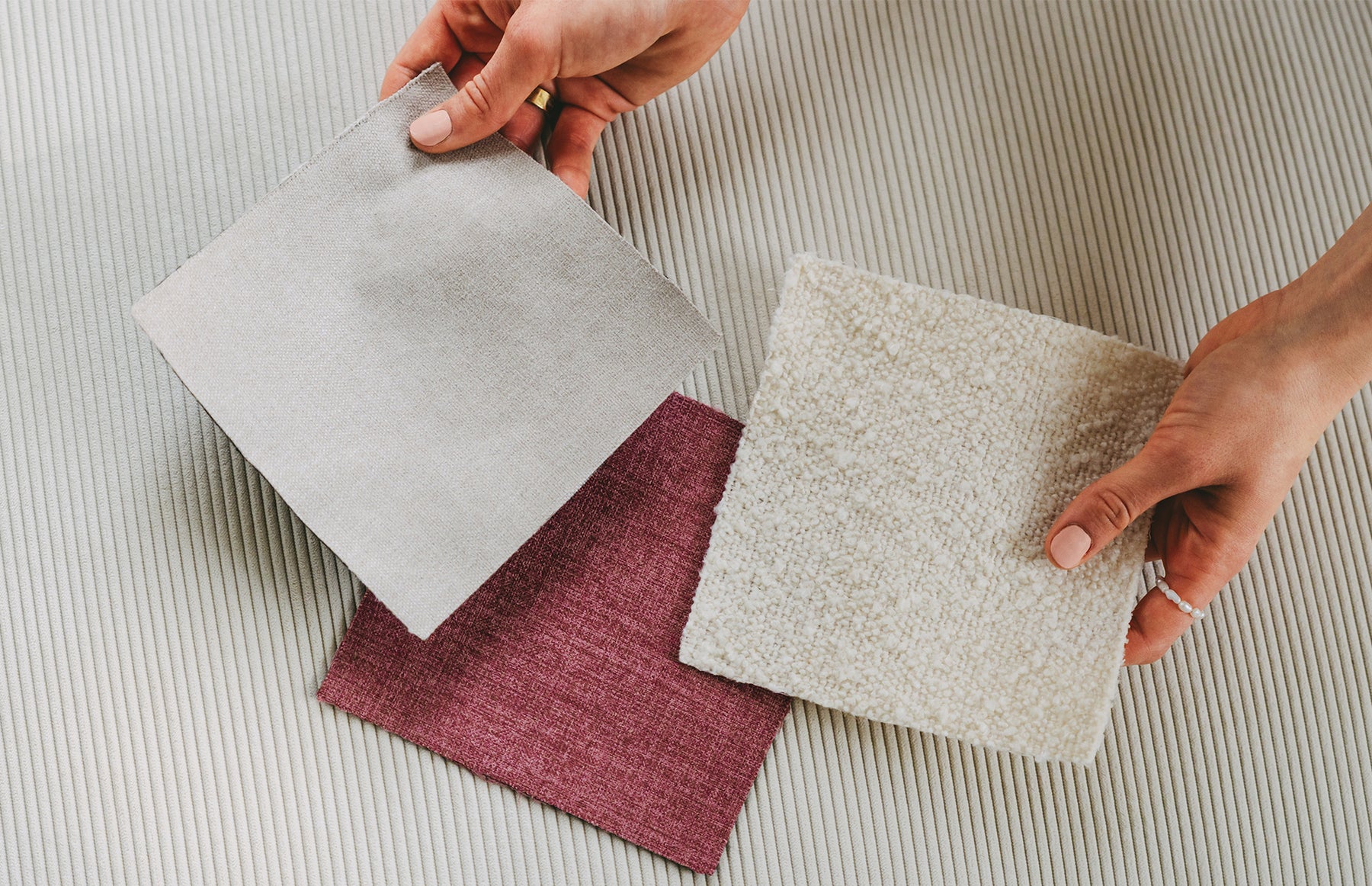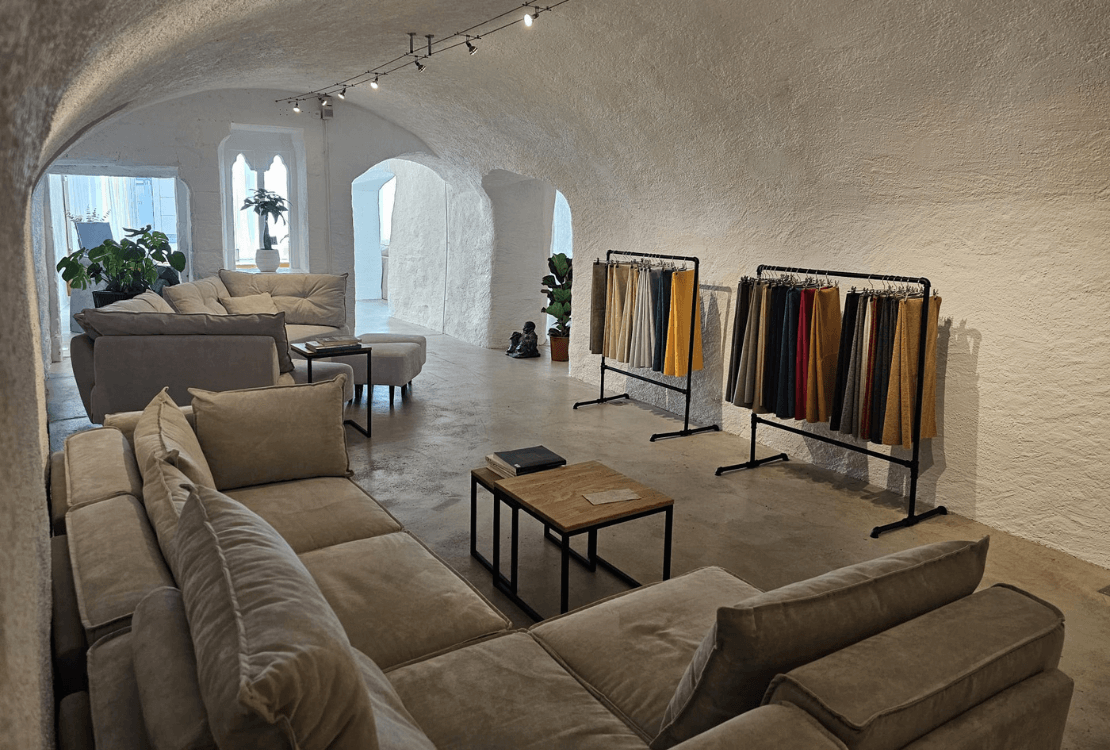Why is it important to measure a space? Quite simply: Measuring a precise measure of a room is crucial to ensure that everything you want to do in this room really fits. Regardless of whether you want to place furniture, lay a new floor covering or plan a renovation - measuring the room is the basis for these projects.
Another important aspect when measuring a room is the position optimization. Measuring by measurement you can determine how you can optimally use the existing place. You can easily see where you may create additional storage space or how to best arrange the furniture to optimally use the room.
In addition to optimization, cost planning also plays a crucial role. By measuring the room, you get a precise idea of the material requirement that you need for your renovation or conversion projects. So you can better assess the costs and possibly also achieve savings by buying exactly the right amount of materials.
Basic tools for measuring a room
Before we come to step-by-step instructions, we first take a look at the most important tools you need to measure a room.
In order to measure a room correctly, you need various tools that help you to make precise measurements. In addition to the measuring tape and the folding, there are other useful tools that can help you with this task.
Tanding tape and fell bar
The tape measure and the folding stick are the most basic tools for measuring a room. With them you can measure the length, width and height of a room. They are easy to use and available in different lengths. Make sure you use a high -quality measuring tape or a fell bar to achieve precise measurement results.
When using a measure band, it is important to create the ends firmly to get precise measurements. You should also make sure to keep the measuring tape straight to avoid distortions. A customs, on the other hand, is particularly practical when it comes to measuring small distances or corners.
Laser removal meter
If you want to have it more precisely, you can use a laser removal knife. This tool measures the distance between different points in the room with the help of a laser. It is particularly practical if you want to measure large rooms or unusual space forms.
The laser removal knife works by sending out a laser beam that is reflected by objects in the room. The device then measures the time the laser beam needs to return to the measuring device and calculates the distance from it. This enables very precise measurements, even over larger distances.
A laser removal meter is particularly helpful if you, for example, the exact space size for planning furniture, Sofas Or need renovation work. It saves time and delivers precise results without having to roll out the measuring tape again and again.
Step-by-step instructions for measuring a room
Now we come to the actual instructions for measuring a room. Just follow these steps to get precise measurement results.
Preparation for measuring
Before you start measuring, clear the room as far as possible. Remove furniture, curtains or other objects that could be in the way. This makes it easier for you to measure and ensure precise results.
It is also important to clean the floor to ensure that no dust particles or dirt affect the measurement result. Use a broom or vacuum cleaner to clean the floor thoroughly.
It also recommends opening the windows to ensure sufficient ventilation. This not only improves working conditions, but also enables a more precise measurement because there are no air in the air.
Measuring the length and width
Start measuring the length and width of the room. Take the tape or the fell bar and start on a wall. Keep the tape straight and pull it to the opposite wall. Write down the result. Repeat the process on the other two walls. Add all three measurements together to get the total length of the room. Repeat the process for the width of the room.
It is important to create the measuring tape or the folding stick to ensure precise measurements. Make sure that the measuring tool does not slip and the measurement is not falsified.
If the room has irregular shapes or corners, it is advisable to make additional measurements to ensure that all areas are recorded. It is best to use a flexible tape to adapt to the contours of the room.
Discover the world of modular sofas! No matter what size your living room is, you will find the right solution here:
Measure the height
Now it's about the amount of the room. Use either the measuring tape or the fell bar to measure the distance from the floor to the ceiling. Repeat the process in different places in the room to ensure that the ceiling height is the same everywhere.
It can be helpful to use a ladder or a stool to get to higher locations. However, always pay attention to your security and adhere to the applicable safety regulations.
If the room has sloping or slanted walls, the height measurement at different points along the wall to determine the exact height. Write down all measured values to calculate the average height later.
Calculation of the square meters
In order to calculate the square meter number of the room, simply multiply the length of the room with the width of the room. The result gives you the area of the room in square meters. This information is particularly useful if you have floor coverings or Color want to buy.
It is advisable to round the square meter number to ensure that you have enough material for the room. Consider blends and possible errors in the installation.
If the room has irregular shapes or corners, divide it into smaller areas and calculate the number of square meters separately for each area. Then add up all areas to get the total area of the room.

Measure tips and tricks for precise measurement
When measuring a room, you can also come across unusual spatial forms. Here are some tips and tricks on how you can still achieve exact measurement results.
Dealing with irregular spatial forms
If your space has irregular shapes, you may have to make several measurements to get precise results. Bring the measurements at different points in the room and calculate the average to get a precise idea of the room size.
It can also be helpful to outline the irregular forms of the room. Draw the floor plan of the room on millimeter paper and mark the various measuring points. This gives you a visual representation of the room and can better understand the measurements.
Another tip is to divide the irregular shapes into geometric shapes. For example, if you have a space with a sloping wall, you can consider this sloping wall as a triangle. Then calculate the area of the triangle to determine the room size more precisely.
Avoid errors when measuring
In order to avoid measurements when measuring, you should keep the measuring tape or the folding stick as straight as possible. Also make sure that it is not twisted or kinked. This gives you precise measurement results and avoid unnecessary mistakes.
Another mistake you should avoid is neglecting small details. Make sure that you also include the width of doors, windows or other elements in the room. These details can influence the space size and should therefore be taken into account when measuring.
It can also be helpful to ask a second person for support. An additional person can hold the tape measure or help with difficult measurements. This can ensure that the measurements are precisely and reliable.
Application of the measurement results
After measuring the room, you can now use the measurement results in different ways.
The exact measurements offer you numerous ways to optimally use and design the room.
Spatial planning and furniture selection
The measurement results enable you to plan the room carefully and select the right furniture. You can make sure that the furniture is the right size and fit well into the room. Use the measurements to create a scale space plan and place furniture on paper to try out different arrangements.
A well -planned room ensures a pleasant atmosphere and optimal use of the available space. You can design the room so that it meets your individual needs and preferences.
Renovation and renovation projects
In the case of larger renovation or renovation projects, precise measurements are essential. You can materials such as floor coverings, Color Or precisely calculate wallpapers and make sure that you buy the right amount of materials. So you can save costs and avoid unnecessary waste.
The exact measurements also help you to plan electrical installations, such as the placement of sockets and switches. You can precisely determine the positions and make sure that they meet your needs.
Furthermore, the measurement results give you precise planning of sanitary installations, such as the positioning of sinks, toilets and showers. You can use the exact dimensions to determine the optimal arrangement of the sanitary facilities and to ensure efficient use of the existing space.
The measurements also play an important role in planning lighting systems. You can determine the exact distances and positions of the lights in order to achieve even illumination of the room and create a pleasant atmosphere.
Measure frequently asked questions about space
Here are some frequently asked questions about space:
How do I measure sloping ceilings?
When measuring sloping ceilings, you have to measure the length of the slope. Start at the lowest point of the slope and keep the tape measure just along the slope. Miss the length to the highest point of the slope. Repeat the process at various places of the slope in order to obtain precise measurement results.
In order to calculate the surface of the sloping roof, multiplicate the length of the slope with the width of the room. This gives you the floor space of the slope. If you want to convert the surface of the slope into square meters, share the result by 100.
Remember that sloping ceilings can affect spatial planning. Take this into account when choosing furniture and the design of the room.
What to do if the room is not square or rectangular?
When the room has an unusual shape, it helps to divide the room into different geometric figures and to measure them individually. Then calculate the area of each figure and add it together to get the entire area.
An example of an unusual space form is an L-shaped space. Divide the room into two rectangular areas and measure it individually. Add the areas of the two areas to get the total area of the room.
It can also be helpful to divide the space into several small areas and to measure them individually. This gives you more detailed information about the area of the room and can take it into account when planning.
With these simple steps and a few basic tools you can also measure a room successfully. Be precise, note our tips and tricks and use the measurement results for optimal spatial planning. Good luck with your next projects!
